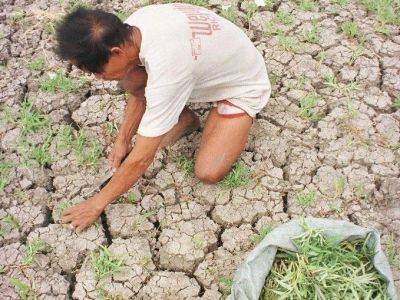PhilRice: 95% rice sufficiency by 2028 possible
MANILA, Philippines — The Philippines can achieve 95 percent rice sufficiency by 2028 through the use of both hybrid and inbred varieties of palay, the Philippine Rice Research Institute (PhilRice) said yesterday.
PhilRice deputy executive director for special concerns Flordeliza Bordey backed the statement of National Irrigation Administration head Eduardo Guillen’s claim that the Philippines can achieve rice sufficiency in 2028 as palay production is expected to go up this year despite the El Niño.
Bordey said that PhilRice will provide the seeds and technology while the National Rice Program of the Department of Agriculture (DA) helps through the production of seeds and support services.
Hybrid seeds will be distributed to at least 30 to 40 percent of the major rice-producing areas and 60 percent will use inbred seeds.
She noted that under the Rice Competitiveness Enhancement Fund (RCEF), inbred seeds are being distributed to 42 low to medium yield provinces while hybrid seeds focus on 15 high yielding areas.
“Hybrid varieties cover 15 provinces like Nueva Ecija, Isabela and Pangasinan while the RCEF funds are brought to the rainfed areas or those who use certified inbred seeds like the Visayas, Negros Occidental, Leyte, Samar and Panay Island,” she said.
However, many farmers still prefer inbred variety over hybrid seeds as it is cheaper at P1,600 compared to P5,000 per 15 kilos for hybrid seeds, according to PhilRice Technology Management and Services Division training lead Lea Abaoag.
Meanwhile, Albay Rep. Joey Salceda said yesterday the government’s “gameplan” should be focused on rice production to ease the impact of rising inflation on this basic commodity.
“It’s all about rice. Food inflation accounts for some 57 percent of the total inflation this March. Without the abnormal price of rice in the global market, inflation would have been closer to 3.1 percent, which is well within acceptable range,” he noted.
He added that rice is the “greatest driver” of overall prices, and rice “requires the most irrigation of all major crops, the greatest upside risk to inflation moving forward is El Niño.”
In 2023, the DA reported at least 20.05 million metric tons






